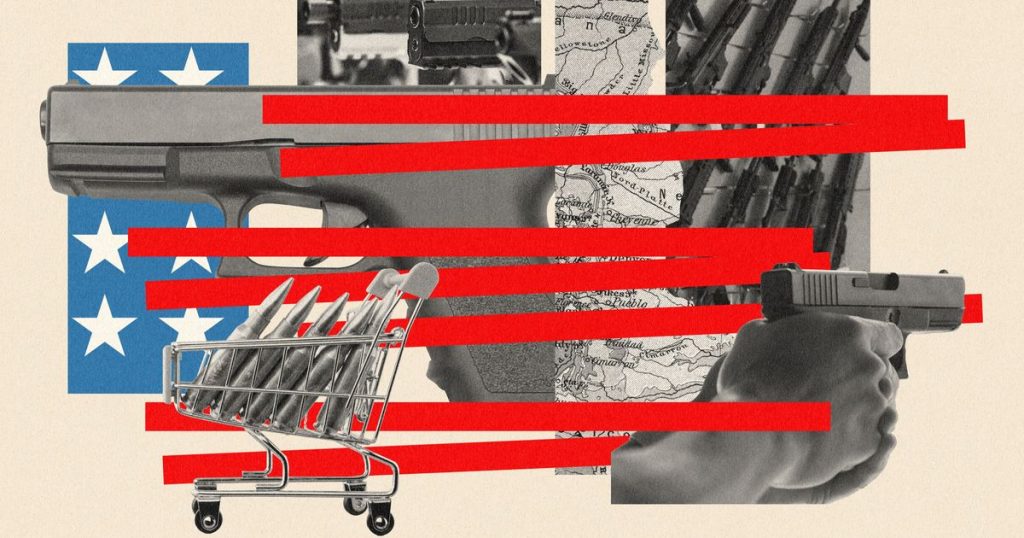In a video uploaded to YouTube, a gun reviewer showcases a Glock 17 equipped with an autosear, allowing it to fire full-auto. Despite the legal limitations on fully automatic weapons, there has been a resurgence in the development of devices that can increase the rate of fire of semi-automatic guns, such as the 3D printer. This has made it easier for enthusiasts to obtain or modify firearms legally, posing a challenge for law enforcement agencies. While some jurisdictions are taking legal action against gun manufacturers to make their products harder to modify, the issue remains complex and unlikely to be solved through piecemeal efforts.
Machine guns have been tightly regulated in the United States since the National Firearms Act of 1934, with Congress further restricting civilian access in 1986. Despite these regulations, the number of registered machine guns has increased over the years, with individuals paying a $200 tax for each transfer. The growth in access to faster rates of fire has largely come from tinkerers developing ways to speed up semi-automatic guns. While the legality of these modifications has been debated, the market for faster-shooting guns continues to grow.
Following the 2017 Las Vegas mass shooting, in which the gunman used bump stocks to increase the rate of fire of his weapon, there was a bipartisan push to ban bump stocks. However, instead of passing a law, the Trump administration directed the ATF to reclassify bump stocks as machine guns, creating frustration among both the gun industry and reformers. The legal battle over bump stocks continues, with the Supreme Court set to rule on the issue. Meanwhile, other modifications, such as binary triggers, allow shooters to fire semi-automatic weapons at a similar speed to fully automatic weapons.
Enthusiasts seeking unfettered access to machine guns can become federally licensed firearms dealers and apply for Special Occupational Taxes that allow them to possess and transfer modern machine guns legally. This loophole has been exploited by individuals who want to have access to fully automatic firearms. However, the ATF requires machine gun sellers to have a legitimate business intent when applying for their license, aiming to prevent the misuse of this system.
The proliferation of autosears, or “Glock switches,” which can convert semi-automatic firearms into fully automatic ones, has fueled a thriving black market for automatic weapons. These devices, often made illegally with 3D printers or imported from other countries, have led to an increase in crime involving fully automatic firearms. Some reformers have taken legal action against gun manufacturers like Glock, accusing them of enabling criminals to modify their weapons easily. However, the firearm industry has pushed back, arguing that modifying gun designs is not a simple task. Despite efforts to regulate access to fully automatic weapons, the ease with which firearms can be modified poses a continuing challenge for lawmakers and law enforcement agencies.








